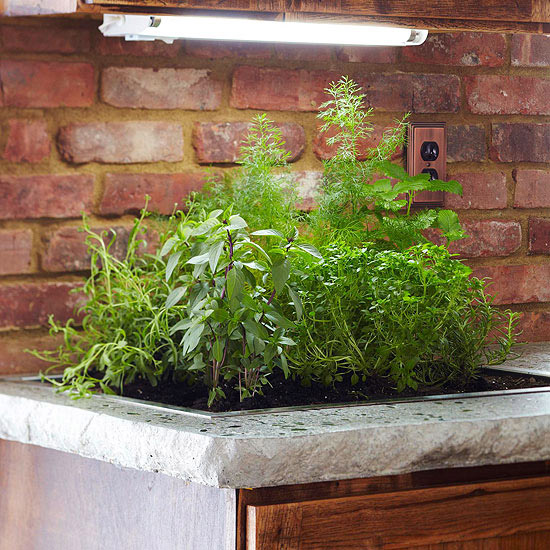






Many of our favorite indoor plants grow outdoors in full sun in their natural habitats. Most homes aren't nearly that bright, and since regular incandescent household light bulbs don't give off enough light for plant growth, adding plant lights helps to ensure houseplant success.
Learn more about indoor plant lights.
To determine how much light you already have, turn off all the lamps in your room and note how bright it is in the morning, middle of the day, and in the evening.
Light intensity is measured in foot-candles, defined as the strength of light given off by one candle at a distance of 1 foot. Light intensity is the single most important factor in photosynthesis. Low-light intensity may not kill a plant, but will result in leggy, weak growth, and plants that don't flower or produce fruits. Outdoors on a sunny day, the light intensity measures approximately 10,000 foot-candles. A typical sunny living room may only have about 3,500 foot-candles.
Different kinds of plant lights give off different colors and intensities of light. There are three characteristics of light to consider when deciding which type of bulb to use: color, intensity, and duration.
The sun emits light in all colors of the visible spectrum, but light in the blue and red ranges is most important for plant growth. All flowering plants require large amounts of orange/red light in order to bloom, and blue light promotes lush, compact foliage growth.
As long as your plants get enough light intensity in the blue and red spectrums, they don't care if it's coming from natural sources like the sun or from artificial plant lights.
Duration refers to the number of hours of light per day. Because artificial plant lights don't exactly duplicate the intensity of sunlight, we compensate by giving plants more hours of artificial light than they would receive in their native habitats. Increased quantity compensates for reduced quality.
We used to believe that plants need a period of darkness to metabolize the food they made during photosynthesis, so grow lights were not allowed to run 24 hours a day, 7 days a week. New research shows that darkness may not be required for metabolism.
Light is a form of energy, which means it has heat, and some plant lights are hotter than others.
High-intensity discharge (HID) lights emit the most heat. Depending on the wattage, HID bulbs should be positioned 2 to 6 feet above plant foliage. Keep them any closer and they could burn plant leaves.
High-output fluorescent bulbs aren't as hot and can be 2 to 4 feet above plants.
Traditional fluorescent tubes are the coolest and can be placed 6 inches from foliage without burning plant tissue.
Test Garden Tip: Increased heat leads to decreased humidity and faster drying out of your potting soil. Plants under lights need more frequent watering.
Looking for the perfect houseplant? Try our Houseplant Finder!
Copyright © www.100flowers.win Botanic Garden All Rights Reserved